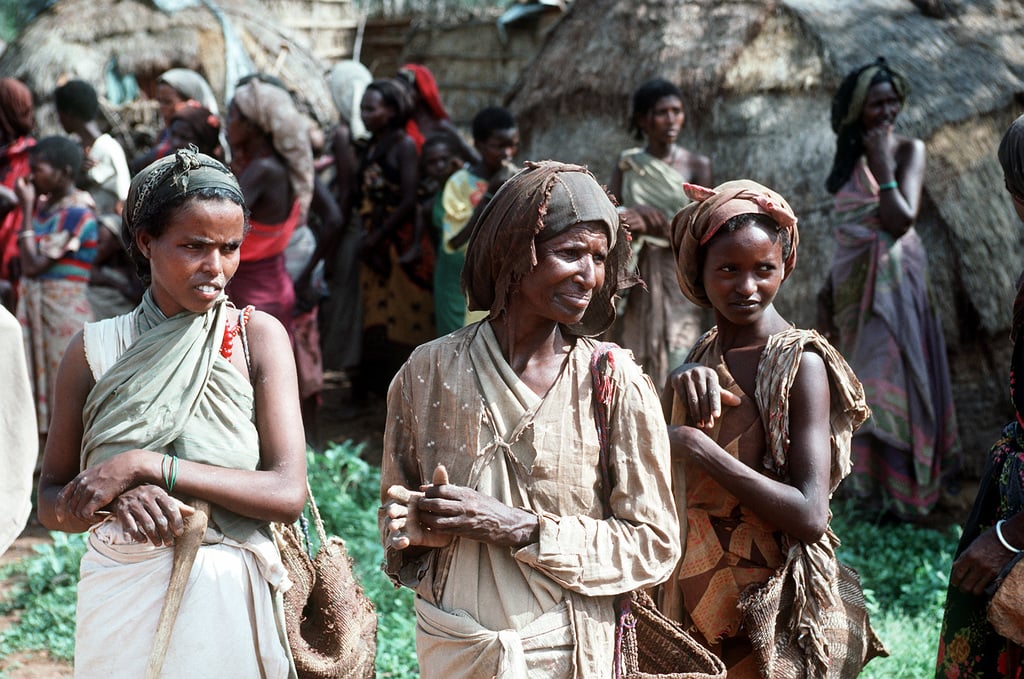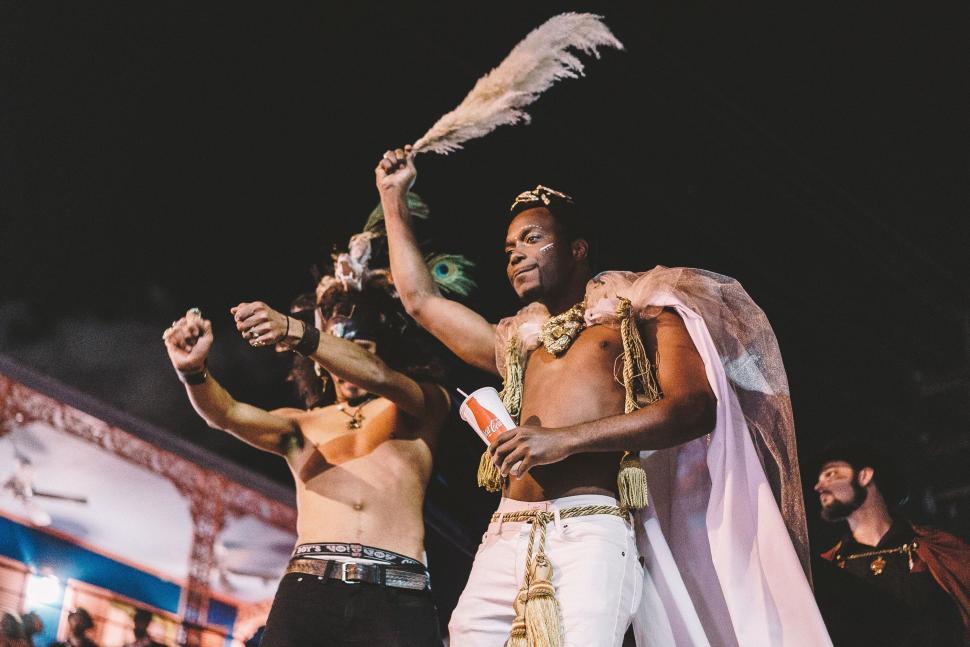Uncontacted tribes in the 21st century remain isolated due to a combination of factors, primarily historical trauma, the potential dangers of contact, and the desire to preserve their unique cultures and way of life.
In past centuries and even decades, isolated tribes were often murdered and enslaved by outsiders. From the time white Europeans first arrived in the Americas, indigenous peoples learned to fear them, and
passed that message down generations through oral histories. But when Hill and others interview people who recently came out of isolation, the same story emerges time and time again: they were interested in making contact with the outside world, but they were too afraid to do so. In some cases in the 70s and 80s, the Brazilian government did try to establish peaceful contact with indigenous people, often with the aim of forced assimilation or relocation. They set up “attraction posts” offerings of metal tools and other things indigenous Indians might find to be valuable – to try and lure them out of hiding.

Here’s a more detailed explanation:
Disease & Fear
The catastrophic impact of new diseases is one of the reasons why there are over 100 indigenous peoples on Earth today who deliberately avoid interaction with outsiders. Leaving the tribes undisturbed is certainly more ethical. Protecting their ways of life through restriction on entrance and logging within their territories is much kinder to the communities than forced integration, and more could be done to ensure they continue to thrive. Their societies are at risk of being wiped out by violence from outsiders who want their land and resources, or who bring with them diseases like the flu and measles to
which the tribes have no resistance. Many uncontacted people fled, or are the descendants of
survivors of the Amazon Rubber Boom around the turn of the century; some will have suffered genocidal attacks or epidemics decades ago, others even more recently.
Historical Trauma
Unfortunately, history seems to be repeating itself. Three weeks after the Indians in Acre made contact, Funai announced that several of them had contracted the flu. All of them subsequently received treatment
and vaccinations, but they soon returned to the forest the dominant society, either in living memory or passed down through generations, led these groups to choose isolation. In the case of the Sentinelese, there is speculation that previous contact brought disease. When Survival International was established in 1969 to advocate for the rights of tribal peoples, many claimed it was inevitable that uncontacted tribes would die out soon or integrate into the mainstream. Yet they still exist, and where their rights are respected, they thrive. The key to stopping uncontacted tribes’ annihilation is protecting their land rights, which are enshrined in national and international laws, like the one Chau broke when he made his way to North Sentinel Island. Population loss due to diseases introduced during and after contact has been catastrophic — the statistics are shocking. Over 50% of the Matis tribe died following first contact in the 1970s. Nearly all their shamans with medicinal knowledge perished as flu decimated them.
Total Denial
The situation in Peru, Watson points out, is even worse. “At one stage, the Peruvian government denied that uncontacted people even exist,” she says. And now major oil and gas operations are allowed to
operate on reserves containing their villages. Google Earth satellite images that Walker recently analysed reveal that one large isolated village in Peru seems to be migrating, year by year, further afield from outside encroachment on their land, including a planned road project. When accidental harm from the outside world seems inevitable, Hill argues it would be better if we initiated contact. Slowly building up a long-distance friendship, he explains, and then carrying out a controlled contact meeting with medical personnel on site would be preferable. It’s unclear whether or not such a plan is being carried out in Acre, however.

Conclusion:
To ensure isolated groups have a future, both Brazil and Peru might need to become more transparent as well as more proactive about protecting them. No matter how remote the Amazon might seem, unlike
the Sentinelese, South America’s isolated groups do not live on an island cut off from the forces of mainstream society. For over 50 years, Survival International has been fighting worldwide for the land of uncontacted tribes to be securely protected. We campaign for their decision to
self-isolate, for their own survival, to be respected by all. They possess encyclopaedic knowledge of their land and the plants and animals they live alongside, and their finely tuned technologies and unique skills, honed over generations, mean they can obtain their food, clothes, medicine, tools,
building materials and anything else they need entirely independently; all they need is their land.

lkjdretlvssss http://www.yandex.ru